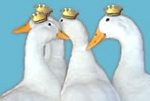Duck Photos Needed!
As many of you know, Kim is working on the 2nd Edition of her "Ultimate Pet Duck Guidebook," which should be available for purchase later this year.
She's looking for breed photos of the below list of ducks. If any of your ducks are on this list and you're willing to provide bright, clear photos, please Contact Us for details of how your duck can be a celebrity!
We will continue to update this newsletter until Kim has all of the photos needed for her new book!
1. Silver Appleyard (Male)

Thank you, Teddy Crispin!
2. Aylesbury (either gender)
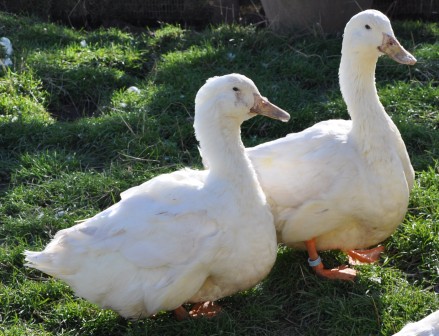
Thank you, Chris!
3. Miniature Silver Appleyard (Female & Male)
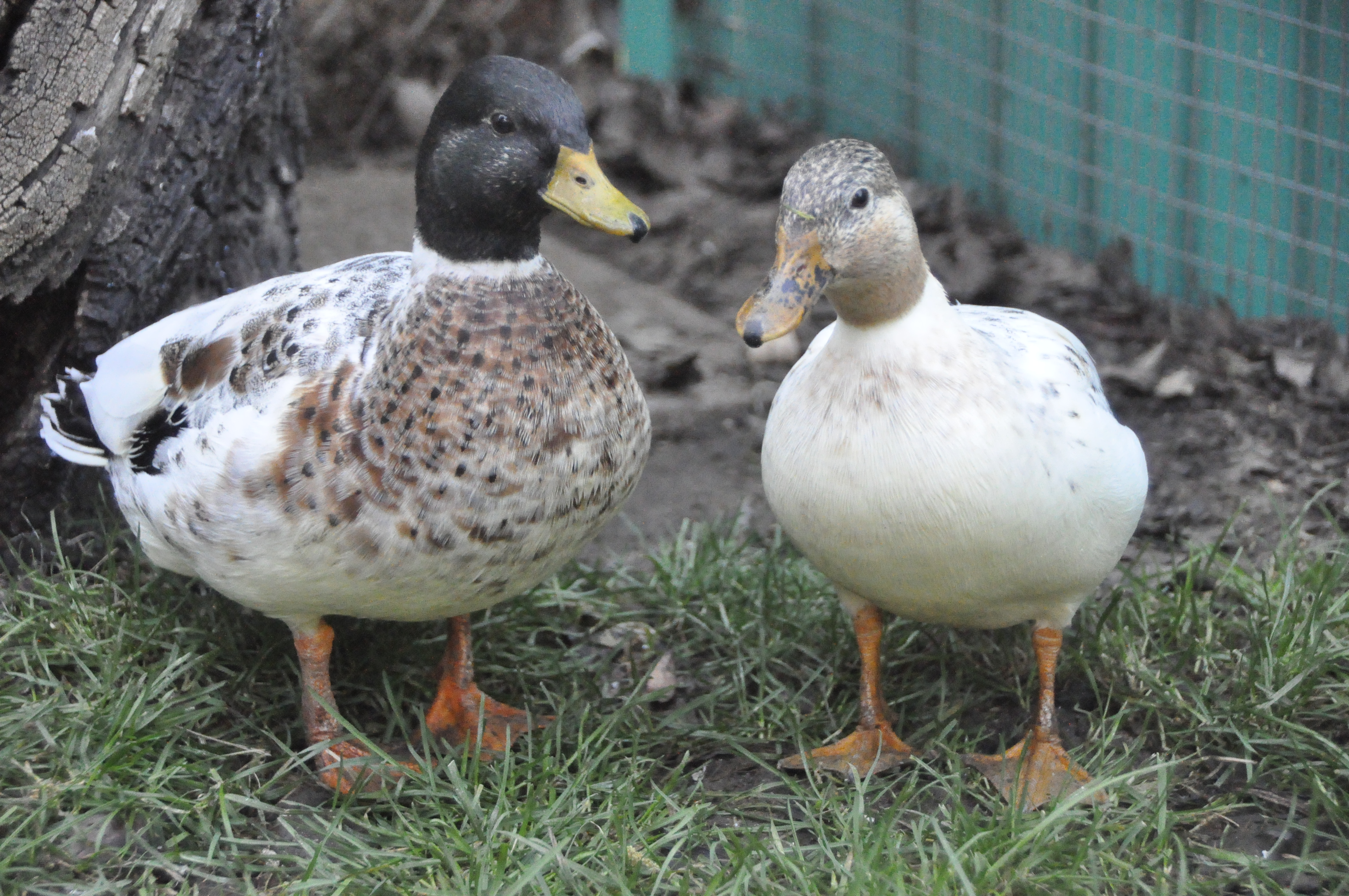
Thank you, Pippen & Apple!
4. Saxony (Female & Male)
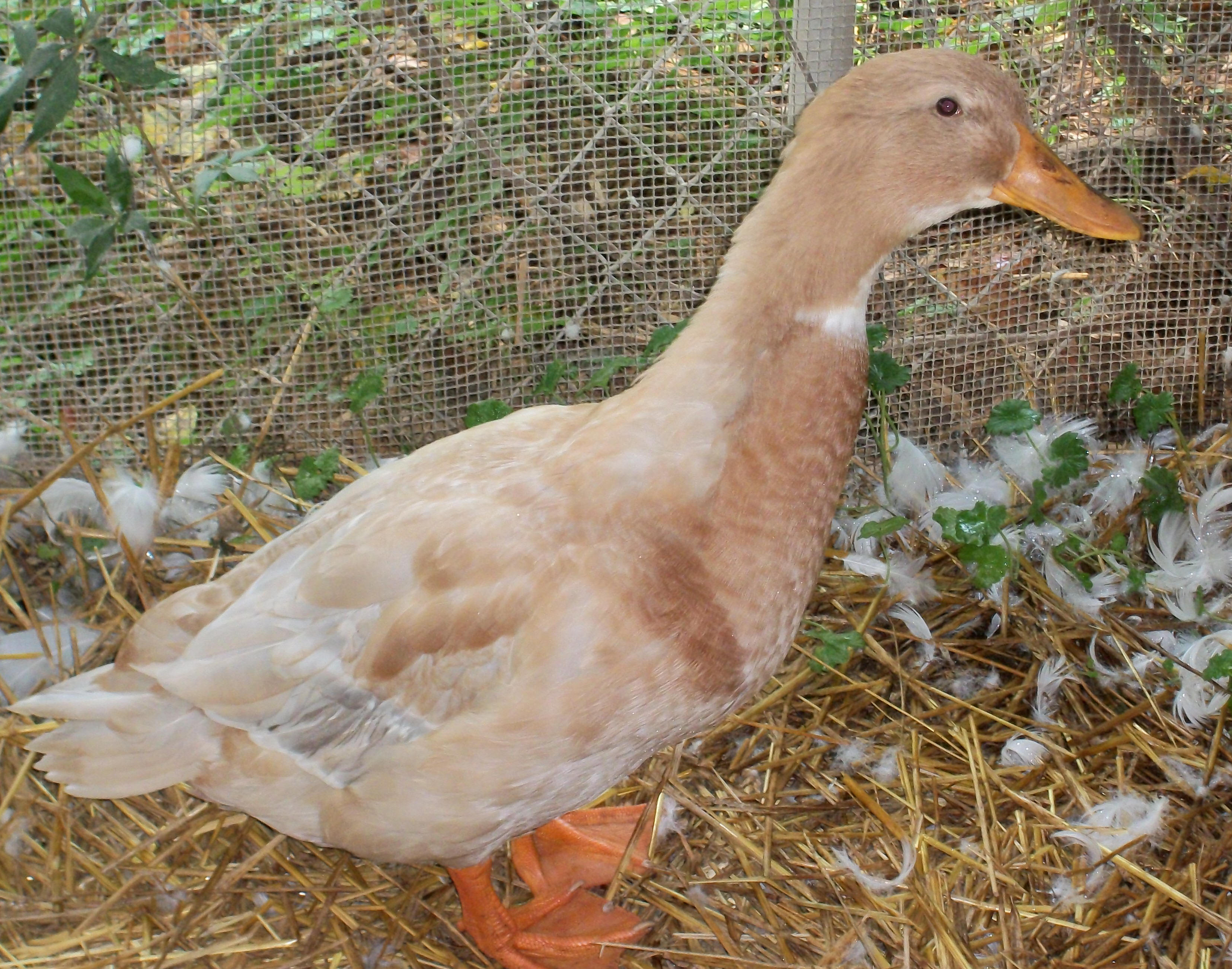
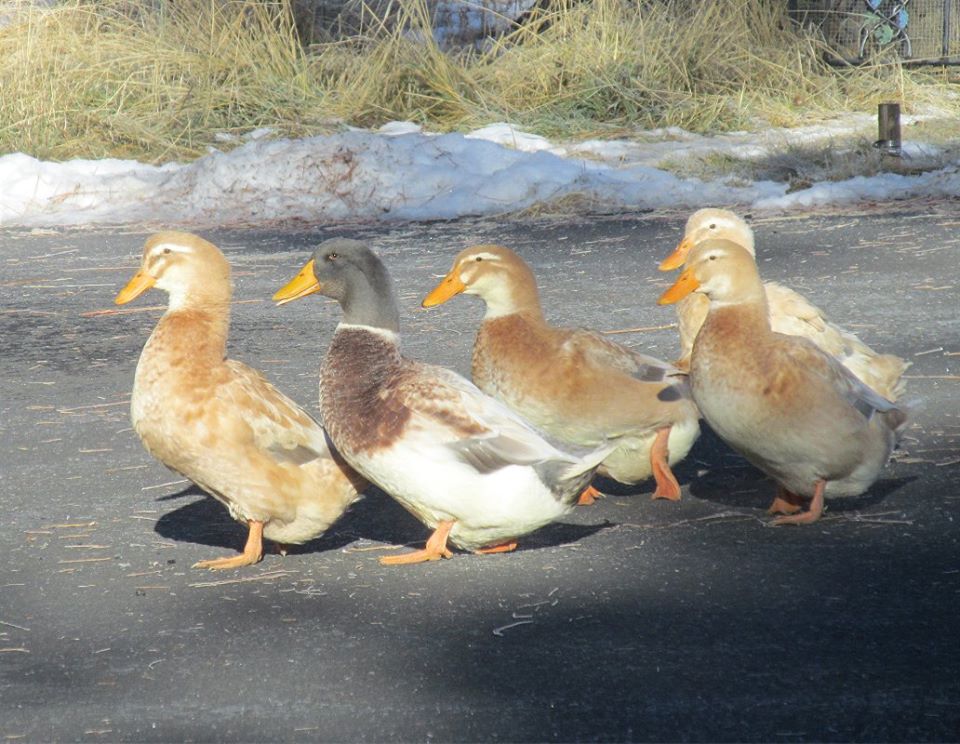
Thank you, Tupelo Honey! Thank you, Mac Max and ladies!
Thank you, Hansel, Klaus & Custard!
5. Welsh Harlequin (Female)
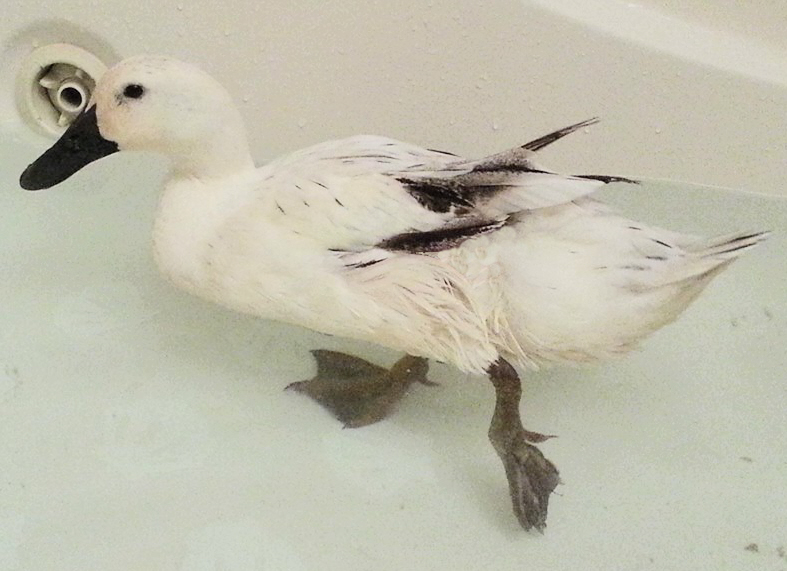
Thank you, Laci!
6. Call (Female & Male)

Thank you, TicTac & Jellybean!
7. East Indie (either gender)

Thank you, Emmy & Oliver!
Basic Duckling & Gosling Care
We were recently asked for the bare basics regarding the care of ducklings, goslings, ducks and geese. These articles are by no means exhaustive, but a good place to familiarize yourself with a few of their fundamental needs.
1. Ducklings and goslings should be kept in a safe, draft-free room.
2. Ducklings and goslings need to be raised in a well-ventilated (but not drafty) poultry brooder.
3. Ducklings and goslings need to be kept on soft pine shavings for bedding. Bedding needs to be changed as needed, multiple times a day (especially as they grow). If you can smell them, it's time to clean!
4. Ducklings and goslings must have a heat source (heat lamp) over their brooder. The temperature should be 90-95F degrees for 1 week old hatchlings and then lower that temperature five degrees a week until their brooder temperature matches the surrounding room temperature.
5. Ducklings and goslings should be fed quality, name-brand waterfowl starter for their first 7-8 weeks of life. These crumbles are served out of a small poultry feeder that can be swapped out with a feed dish as hatchlings outgrow them. Feeders need to be completely cleaned at least once a day. Throw away all of the old crumbles (which may be wet and can quickly grow mold in a brooder) and replace them with new crumbles.

6. Ducklings and gosling should have fresh water dispensed via a poultry water fount. Their water should be deep enough to allow them to clear their bill nostrils, but no deeper than the length of their bill unless an adult is directly chaperoning.
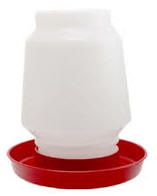
7. Ducklings and goslings are only allowed to swim in lukewarm water when human adults are directly supervising. Young hatchlings can drown easily, especially when tired, so keep these sessions brief and then return them to their warm brooder.
8. Ducklings and goslings are very fragile. Children should never be allowed to handle them without an adult present and watching closely. Small accidents can lead to serious lifetime disabilities.
9. Young hatchlings need to nap frequently. Be careful not to overdo it when it comes to play and interaction times. When they're getting sleepy, let them slumber.
Basic Duck & Goose Care
Once ducklings and goslings are about 8 weeks old they can leave their brooder and move outside provided their feathers have grown in completely, and weather and season permits.
1. Ducks and geese are defenseless against predators and need a safe enclosure to protect them. Their pen needs to keep out running, digging, jumping, climbing and flying animals like: weasels, fisher cats, domestic cats, raccoons, bobcats, fox, dogs, coyotes, hawks, eagles and owls.

2. Ducks and geese need to be locked up for the night in either a duck house, barn or shed that has been set-up just for them.
3. Ducks and geese were designed for swimming more so than for waddling. Soft, flat grounds will help protect their delicate webbed feet.
4. Ducks and geese require a well-balanced diet for good healthy and longevity served out of feed dishes (which tend to work better than poultry feeders, which lead to more spilling). Choose a quality feed designed especially for waterfowl. Click here for information on some good U.S. brand-name choices and Here for some UK options.
5. Ducks and geese need fresh water. Water buckets (and heated buckets in winter) should be refreshed 1-2 times daily depending on the number of birds that are frequenting it and the season. Buckets need to be changed more often in summer to keep them fresh and cool. When swimming water is not available in colder seasons, water buckets need to be large enough to allow for splash-preening.
6. Ducks and geese need some kind of swimming water. Water sources should be fenced in and protected unless you are directly chaperoning within ten feet of them. Kiddy pools must be emptied and refilled daily. Koi ponds can be drained or set up with a filtration system.
7. Ducks and geese are flock animals who require constant companionship. They thrive when they have at least one other duck or goose friend to spend their days with. They also enjoy spending time with you, so make time for your feathered friends today!
8. A gaggle of geese tends to get along better when they have equal numbers of males and females or, better yet, more females than males.
9. A flock of ducks tends to get along much better when they have only one male with one or more females. If you have a larger and more spacious pen (with hiding spots) that allows for drakes to move away from each other, you can have one male for every 3-4 females.


